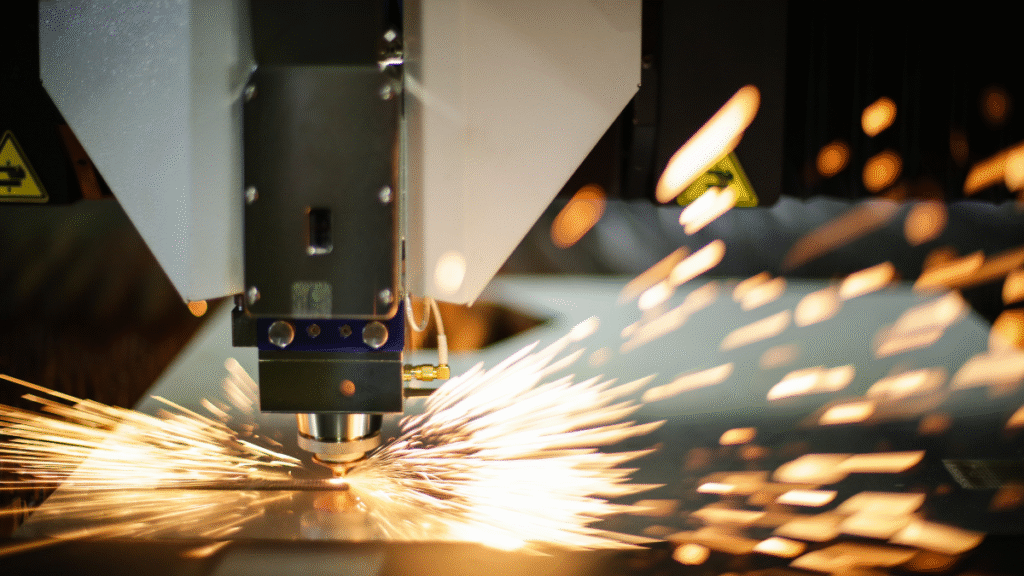Introduction to CNC Machining in the Automotive Industry
CNC (Computer Numerical Control) machining is revolutionizing vehicle body fabrication by offering unmatched precision, repeatability, and speed. It automates the manufacturing process using pre-programmed computer software, significantly reducing human error and improving quality.
Why Precision Matters in Vehicle Body Fabrication
Precision ensures structural integrity, enhances safety, and improves vehicle aerodynamics. Even a minor deviation in panel dimensions can affect part fitting, painting, and assembly processes.
- Reduces rework and material wastage
- Ensures parts fit perfectly during assembly
- Improves customer satisfaction and vehicle aesthetics
Benefits of CNC Machining in Fabrication
High Accuracy
CNC machines operate with micron-level accuracy, ensuring every cut, drill, and shape adheres to design specifications.
Consistency and Repeatability
Whether you’re fabricating 10 or 10,000 parts, CNC machining ensures each unit matches the prototype exactly.
Faster Production
Automation shortens lead time, allowing manufacturers to meet high-volume demands without sacrificing quality.
Flexibility with Complex Designs
CNC machines can produce intricate and complex geometries that are impossible or time-consuming to create manually.
Common CNC Machined Parts in Vehicle Bodies
- Chassis components
- Suspension brackets
- Door hinges
- Bumper support structures
- Custom vehicle body reinforcements
Role in Lightweight Vehicle Fabrication
CNC machining enables the use of advanced lightweight materials like aluminum and composites. This helps reduce overall vehicle weight, improving fuel efficiency without compromising strength.
CNC Integration in Smart Manufacturing
When combined with CAD systems and IoT-enabled platforms, CNC machines offer real-time monitoring, predictive maintenance, and data-driven fabrication.
Conclusion
CNC machining is the backbone of precision vehicle body fabrication. Its ability to deliver accurate, repeatable, and complex parts makes it indispensable in today’s automotive manufacturing landscape.

